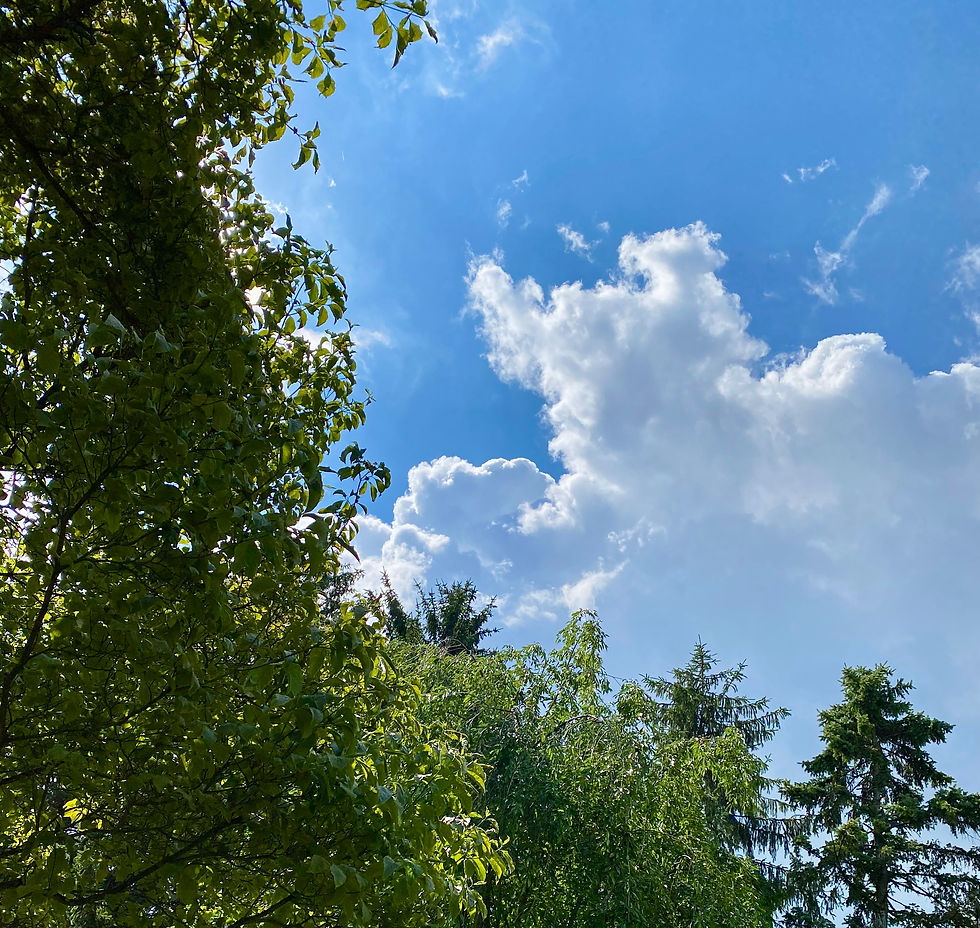Ahimsa: Where it Begins and Remains
- Julie Lifton
- Aug 29, 2020
- 3 min read

Yesterday I started teaching my yoga classes on Zoom for The Bronx Community College where I’m heading into my eleventh year. After class, one young woman with tears in her eyes said that this was the first time she’s allowed herself to relax or breathe for five months. Across the screen students were nodding their heads. These students are living in a zip code extremely highly affected by Covid-19, poverty, and all of the painful truths affecting communities of color in our nation. She, too, needs to have space to take care of herself, and part of my job is holding that space for her.
Again, I ask, what is my job? (Reference to previous post, “What Is My Job”). I am a yoga teacher. And a Stress Management teacher. I teach people into their 80’s, and college students; all of us grieving, afraid, angry, and stunned by rampant cruelty and bigotry. Michele Obama beautifully said, “When they go low, we go high”. Maybe my job is to support those going high.
I teach principles and practices that are tried and true, that I believe in, that have saved me and many others in many ways. I know that this practice is essential, we all need it, and yet…. And yet, to teach Ahimsa (non-harming) in the face of this hatred? I’m not a turn-the-other-cheek kind of person. And yet… I refuse to let these bigots antagonize my values away. When they go this low, how do we still go high?
We must take care of ourselves and each other. And for myself, I go back to the Yoga Sūtra, and to the Yamas and Niyamas, which have guided centuries of yogis through hard times. Maybe yoga teachers are the ones who preach to the choir, who straighten the ties and brush the hair out of the eyes of the warriors, who hold the space for self-care, who remind us that despite the vitriol being spewed out there is an abiding love deep within us, a need for kindness, and that to know peace, we must also know justice.
The First Yama: Ahimsa
In Sanskrit “a” indicates “non”. Himsa means harm, ahimsa – non-harming. Most people were introduced to the concept of Ahimsa through Ghandi’s successful political movement of non-violent resistance. Ahimsa can also be translated as compassion and kindness towards all sentient beings. (The practice of vegetarianism and veganism stems from this Yama).
It is no accident that Ahimsa is the first rung of this ladder. It is the cornerstone of yoga philosophy. All of the yamas that follow build upon Ahimsa, as if Patanjali breaks down ways we can cause harm, and gives us alternatives. He provides the building blocks to establish compassion and conscious relationship with the world around us as a pre-requisite to leading a yogic life.
The most practical way to apply Ahimsa to our yoga practice is to stay in our safety zone. We can certainly, little by little, expand the edges of our comfort zone, but we must never cross into the danger zone. In our daily yoga (Asana practice) we use props: straps, blankets, cushions, blocks, whatever we have around that can support our alignment and ease. Using props is a wonderful way of supporting our practice.
In the BCC yoga course, I ask on the midterm, “How can you apply Ahimsa to your yoga practice?” One fine student’s answer was, “I use my blocks so that I can sit upright without harming my back, touch the floor without harming my legs, and do a lunge without harming my neck or shoulders.” Perfect, perfect answer!
Tend to your correct anatomical placement as an act of kindness towards yourself. When stretching, honor your tight joints and muscles and patiently coax them to lengthen rather than forcing anything. Observe your breath and if it gets strained that’s a good indication that there’s straining in your pose. Choose classes that emphasize safety and alignment, and prioritize alignment in your own practice.
Some of the worst damage we can cause ourselves is through our thoughts. Rather than letting your attention go towards criticizing and competing, try to listen more intently to cues from your body which are giving you constant feedback. In fact, if we do yoga correctly, staying grounded and not forcing, then Ahimsa evolves naturally as a result of our practice.
“Cause no harm” is a high expectation. It doesn’t mean that we don’t cause trouble, “good trouble” as John Lewis so famously said. It does mean that we breathe more, and stand up for the right for all to breathe, and love more, and stand up for love. We expand our capacity for love and compassion towards ourselves and others. The philosophy and the practice are interdependent.




Comments